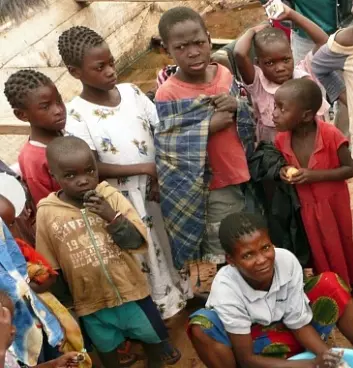A. Jutla1, R. Colwell2

Prediction of water and vector borne diseases can significantly help lower the public health burden of infectious disease prevalence. However, data on the causative agents of those diseases and prevalence of the diseases are sparingly collected/available in region(s) where climate variability and extreme natural events intersect with population vulnerability (such as lack or destruction of access to safe water and adequate sanitation infrastructure). In addition, lack of civil infrastructure (access to clean water and sanitation) increases risk of interaction between infectious pathogens and the human population. Cholera, a deadly waterborne disease is transmitted primarily by drinking water contaminated with Vibrio cholerae.
Using data from several regions of the world and based on years of research on the microbial ecology of V. cholerae, we have developed an hypothesis which relates weather, climate, microbiology, and sociology with public health outcomes. The basic premise of the algorithm is that if warm temperatures are followed by heavy precipitation, conditions become favorable for growth and multiplication of vibrio bacteria in the aquatic system and the risk of interaction of V. cholerae with humans dramatically increases.
Relying on satellite sensors for precipitation and temperature data, we computed conditions optimum for growth of vibrios in the environment and therefrom produced a cholera outbreak risk map. The risk maps are categorized with high to low categories and the maps are provided to stakeholders who use them to make decisions on appropriate intervention strategies and mitigation. The near-real time risk maps are produced every month and provide at least four weeks of lead time for predicting a cholera outbreak. In extensive field testing of prototype risk mapping, the risk of cholera was validated using prevalence data provided by several aid organizations. This activity is funded in part by U.S. NASA and supported in principle by the Veolia Foundation.
---
1- Univerity of Florida, FL
2- University of Maryland, MD
- Khan, R.*, Aldaach, H.*, McDonald*, C., Alam, M., Huq, A., Gao, Y., Akanda, Colwell, R, and Jutla A., 2019. Exploratory analysis associating satellite derived land surface temperature to estimate cholera risk. International Journal of Remote Sensing, https://doi.org/10.1080/01431161.2019.1577575.
- *Khan, R., Nguyen, T., Shisler, J. Jutla, A., Colwell, R., 2018. Evaluation of risk of cholera after a natural disaster: Lessons learned from the 2015 Nepal earthquake, ASCE- Journal of Water Resources Planning and Management, doi: https://doi.org/10.1061/(ASCE)WR.1943-5452.0000929.
- Jutla, A.S., Whitcombe, E, Hasan, H., Haley, B., Akanda, A., Huq, A., Alam, M., Sack, B., Colwell, R. 2013. Environmental factors influencing epidemic cholera. American Journal of Tropical Medicine and Hygiene, 89(3):597-607.
- Jutla, A., Aldaach, H., Billian, H., Akanda, A., Huq, A., and Colwell, R. 2015. Satellite based assessment of hydroclimatic conditions related to cholera in Zimbabwe. PLOS-One, doi: 10.1371/journal.pone.0137828
Bibliography's Dr. Antar Jutla

